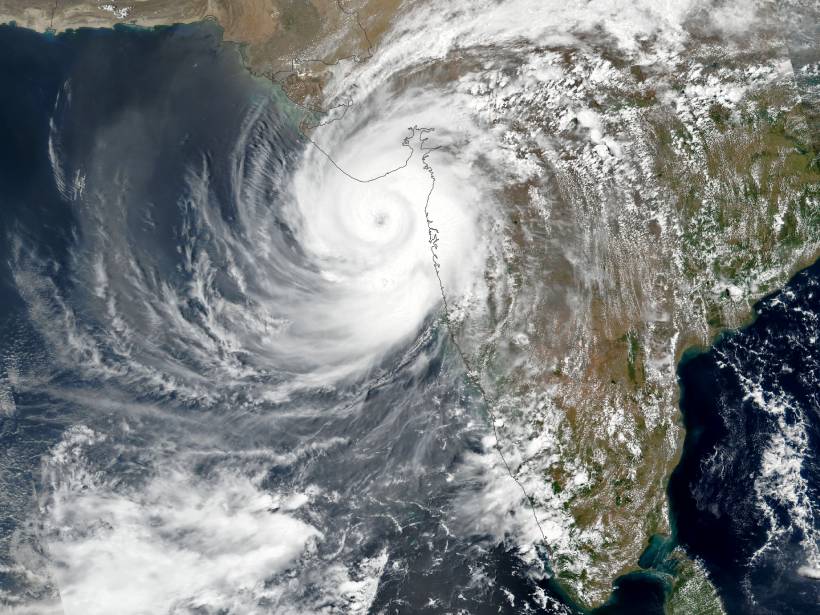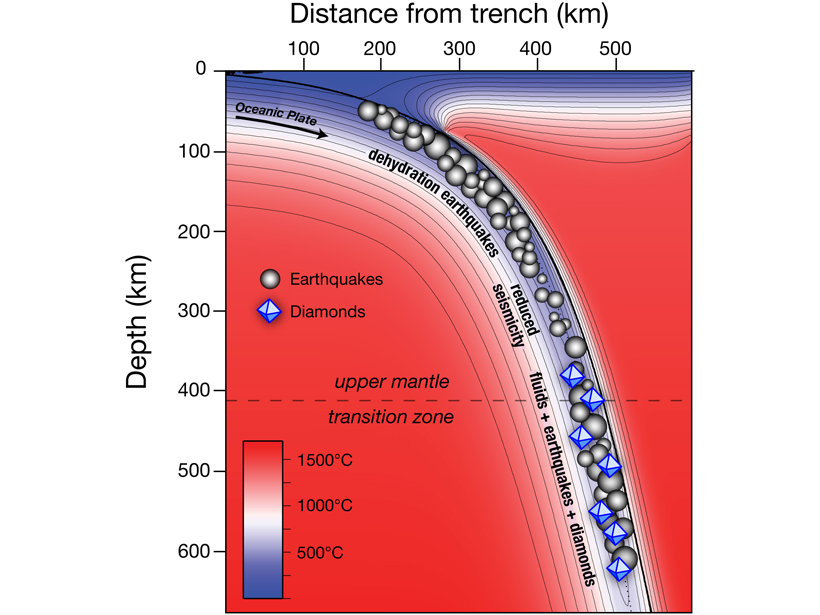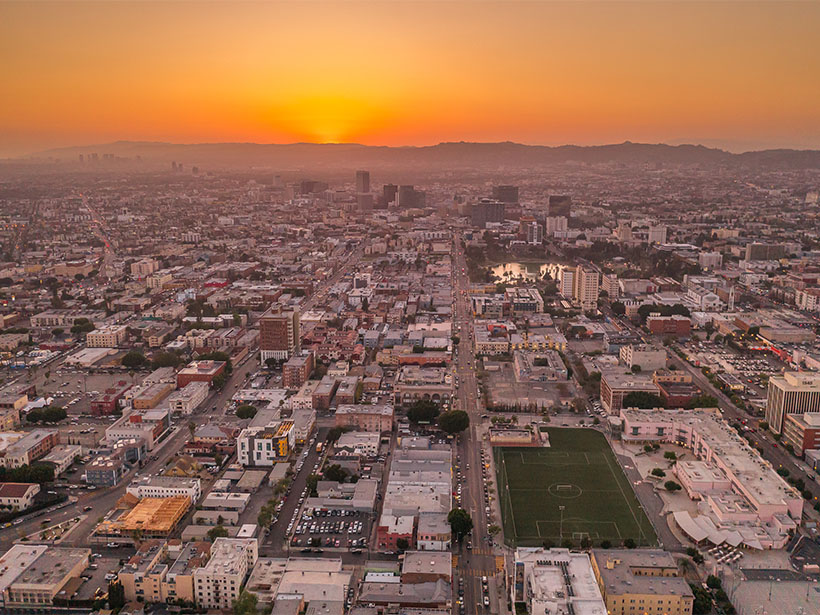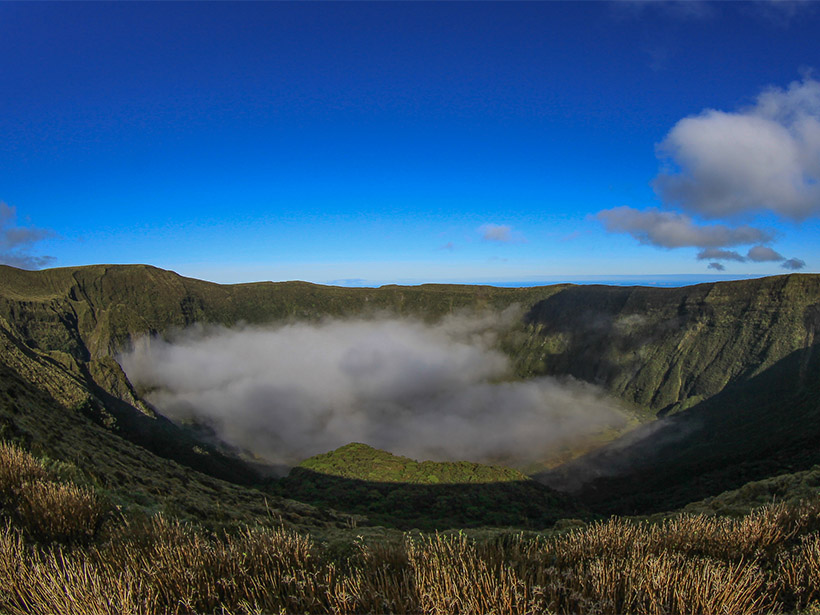Living in Geologic Time: Will desertification overtake Nevada’s half-million-year history of wetlands?
2021 CC BY-NC-ND
Earthquake Rupture Solution is Up in the Air
Perhaps the most complex earthquake rupture ever studied is further constrained by signals from Earth’s ionosphere.
How to Assess the Quality of Space Weather Forecasts?
The assessment of space weather event forecasts would benefit from more nuanced approaches that take account of event intensities peaking near the thresholds used to identify such events.
Cyclone Tauktae Documents a Climate Trend in the Tropics
The western Indian Ocean has been warming at a rate faster than any other region in the tropical oceans, a pattern that is contributing to more frequent and intense storm activity.
A New Tool May Make Geological Microscopy Data More Accessible
PiAutoStage can automatically digitize and send microscope samples to students and researchers on the cheap and from a distance.
Diamonds Are at Fault
Deep-seated earthquakes in subduction zones are related to diamond formation.
What’s the Beef About Methane?
Progress has been made to reduce methane emission intensity from livestock (the amount of methane per unit of protein), but where are the greatest opportunities to reduce this methane source further?
Integrating Data to Find Links Between Environment and Health
Several obstacles stand in the way of integrating social, health, and Earth science data for vital geohealth studies, but there are tools and opportunities to overcome these obstacles.
How Anthropogenic Drought Plays Out
Drought should be considered and modeled as a process, including human–nature interactions, and not merely a product of water deficit.
A 360-degree View of Crustal Magmatic Systems
A new book presents an overview of crustal magmatic systems and explores variations within these systems through analytical, experimental, and numerical approaches.










